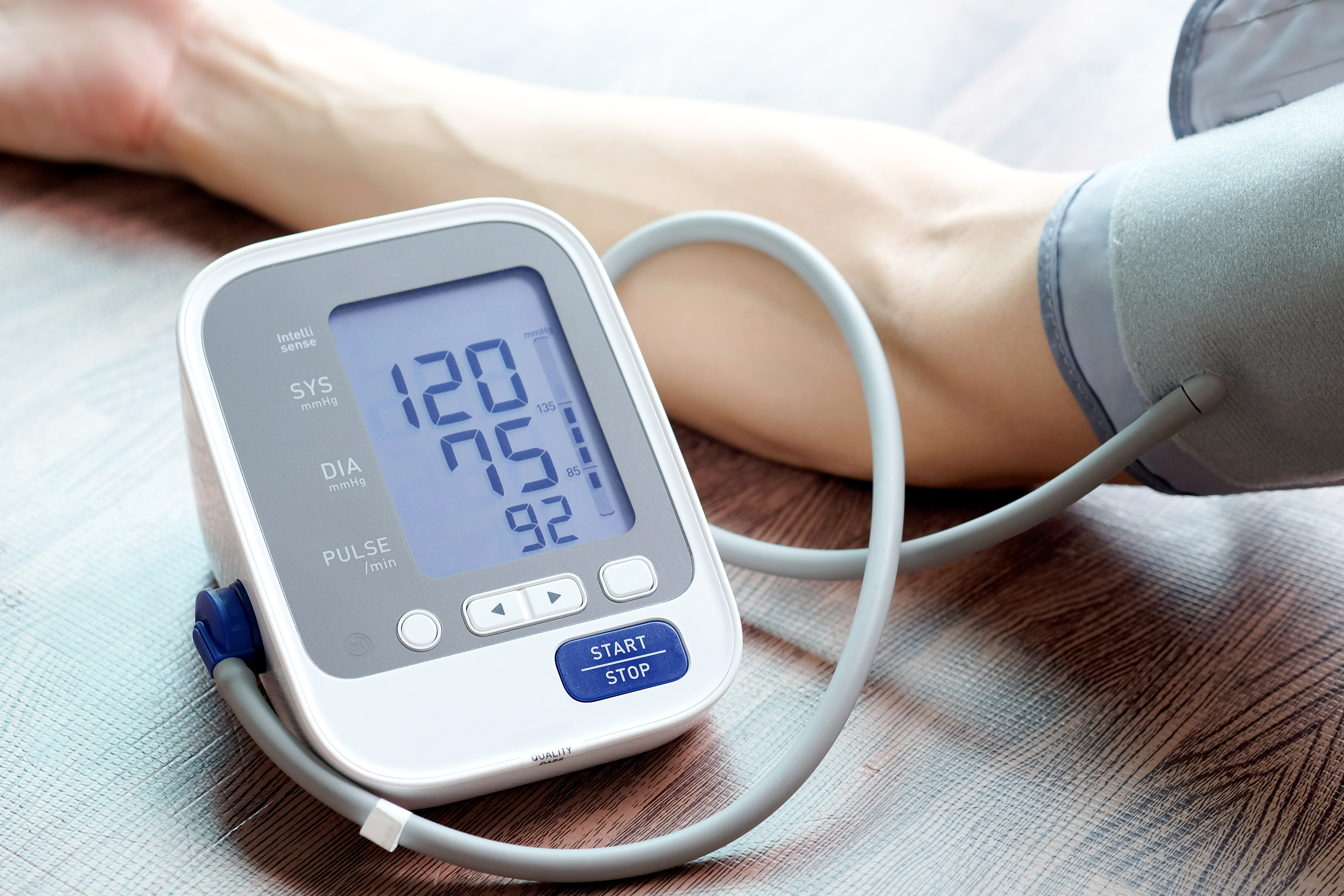
Did you know that high blood pressure significantly increases your risk of stroke? High blood pressure is also known as hypertension, and it can weaken your arteries over time.It is the single most important risk factor for stroke according to the American Heart Association and the American Stroke Association.Luckily, you can monitor your blood pressure and take measure to lower it to help reduce your risk of stroke.How High Blood Pressure Leads to StrokeHigh blood pressure is a condition in which your blood exerts excessive force on your arteries throughout your body.
Over time, this pressure can damage the inner lining of your blood vessels, causing them to stretch past their limit and even creating small tears.The damaged inner lining is more susceptible to rupturing.When a rupture happens in the brain, then an individual experiences a hemorrhagic stroke.When the blood vessels are damaged, the body also kicks the immune system into gear and tries to repair the vessels.
The scar tissue over healed tears can trap plaque and lead to blood clots and blockages.Blood vessels can also get harder and narrower, increasing the risk of a blockage.When these blockages cut off blood supply to the brain, an individual experiences an ischemic stroke.
This type of stroke makes up the majority of stroke cases.Additionally, high blood pressure can increase your risk for atrial fibrillation, or irregular heartbeat.Blood can collect in the heart and a clot can form.Atrial fibrillation and high blood pressure combined raises the chance of having a stroke by 5 times.Understanding Blood PressureTo keep your blood pressure in check, you may want to monitor it regularly at home.
When doing so, its helpful to understand what the numbers mean.There are 2 parts to a blood pressure reading.The first or higher number is known as the systolic blood pressure.
It indicates the pressure when the heart is beating.The second or lower number is the diastolic blood pressure, which tells you the pressure when your heart is between beats or at rest.This pressure is measured in millimeters of mercury (mm Hg).Normal blood pressure for an adult is 120/80 mm Hg.
If your systolic blood pressure is between 120 and 139 mm Hg and your diastolic blood pressure is between 80 and 89 mm HG, then you are at moderate stroke risk.If your systolic blood pressure is 140 mm Hg or higher and your diastolic blood pressure is 90 mm HG or higher, then you are at high risk for a stroke.Monitoring Blood Pressure at HomeThere are a number of devices to help you monitor your blood pressure.And these monitors are available without a prescription.
You can get an automatic or electronic device to measure your blood pressure.Most of these monitors have an inflatable cuff that fills with air and squeezes your arm.Here are some tips to take your blood pressure accurately at home:Place the cuff on your upper arm.These readings are generally the most accurate.
However, if you cant find a cuff that fits your upper arm, you can also find a monitor designed for your lower arm.They may not be as accurate and could be harder to use correctly.Do not rely on blood pressure monitors that measure blood pressure through your finger.Make sure the cuff fits.
The cuff on your blood pressure monitor should fit properly.Cuffs that are too loose will not give you a correct measurement of your blood pressure.You can work with a nurse or doctor to figure out the proper cuff size for your arm.Measure twice per day.
Take your blood pressure in the morning and in the evening around the same time each day.This helps maintain consistency in your readings.Wait a bit before doing your morning reading.You should measure blood pressure the morning before eating, exercising, or taking any medications.
However, you shouldnt take your blood pressure right when you wake up either.Wait about 30 minutes while you perform your morning routine and then take a reading.Remain still while taking your blood pressure.Sit down in a relaxed position when you take your blood pressure.
Uncross your legs and ankles, and sit in a chair with back support.Try to remain calm and avoid talking while taking your measurement.Use the same arm.With each measurement, you should place your blood pressure cuff on the same arm.
Make sure your arm is raised to the level of your heart.You might need to prop it up on a pillow or table.This helps maintain consistency.Place the device on bare skin.
Do not place the cuff over your shirt.If needed, roll up your sleeves.However, make sure that your rolled sleeve does not cut off your circulation and cause an inaccurate reading.Take more than one measure.
Try taking a second reading a few minutes after your first reading.This can help you make sure your readings are accurate.Write down your results.These readings can help your doctor learn more about your blood pressure patterns.
Some devices may be able to record readings over time, so you dont have to log them yourself.If you notice that your blood pressure is high, try incorporating more healthy foods into your diet that can help lower blood pressure.You can also take steps to exercise or lose weight if you need to.If you currently smoke, start trying to quit the habit.
These small changes can help you get your blood pressure under control on your own.Of course, you may need to work with your doctor and get medication to help.You can learn more about your risk of having a stroke by completing our Stroke Risk Factor Assessment, which provides additional action items to help you lower your blood pressure.
Disclaimer: This story is auto-aggregated by a computer program and has not been created or edited by Senior Savings Deals.
Publisher: Caring Senior Service ( Read More )
Publisher: Caring Senior Service ( Read More )

